Cats are curious creatures, often drawn to the vibrant colors and intriguing shapes of household plants. However, not all plants are safe for your feline friends. Many common household plants can be toxic to cats, leading to various health issues if ingested. It’s crucial for cat owners to be aware of these plants to keep their pets safe. In this article, we’ll explore nine common household plants that are toxic to cats and discuss why they’re dangerous.
Lilies: A Beautiful Yet Dangerous Blossom
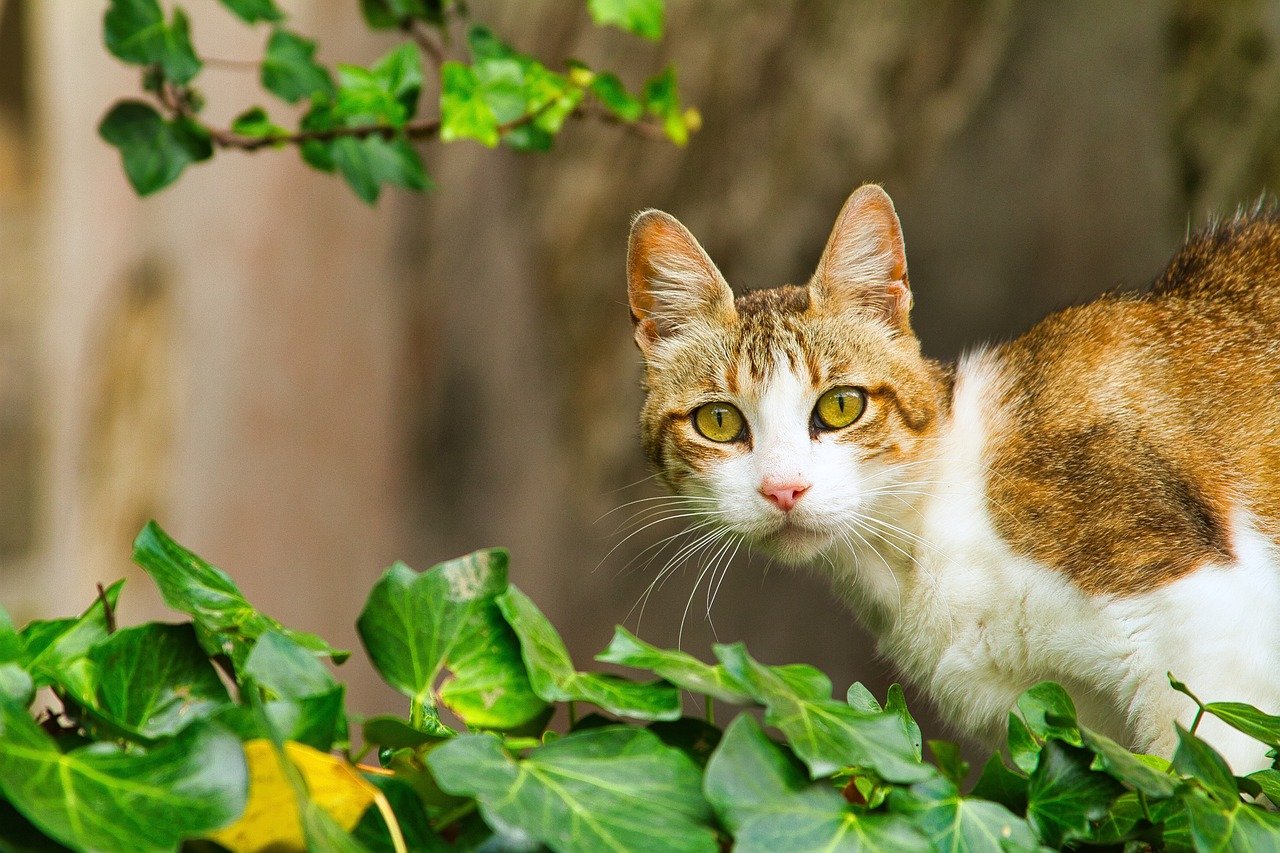
Lilies are often adored for their elegant appearance and fragrant blooms. Unfortunately, they pose a significant risk to cats. Even a small amount of lily ingestion can lead to severe kidney damage in felines. All parts of the lily plant, including the petals, leaves, and pollen, are toxic to cats. Symptoms of lily poisoning can include vomiting, lethargy, and a lack of appetite. If you have cats, it’s best to avoid bringing lilies into your home altogether.
Aloe Vera: A Healing Plant with Hidden Dangers
Aloe vera is well-known for its soothing properties and is often used to treat minor burns and skin irritations. However, this plant can be harmful to cats. Aloe vera contains compounds called saponins and anthraquinones, which can cause vomiting, diarrhea, and changes in a cat’s urine color. While it’s a beneficial plant for humans, it’s crucial to keep aloe vera out of reach of your feline companions.
Sago Palm: A Tropical Threat

The sago palm is a popular choice for adding a tropical touch to homes and gardens. However, this plant is extremely toxic to cats. The sago palm contains a toxin called cycasin, which can cause liver failure in cats if ingested. Symptoms of sago palm poisoning include vomiting, diarrhea, and seizures. Due to its high toxicity, it’s advisable to avoid having sago palms in households with cats.
Azaleas: Vibrant Blooms with a Hidden Danger
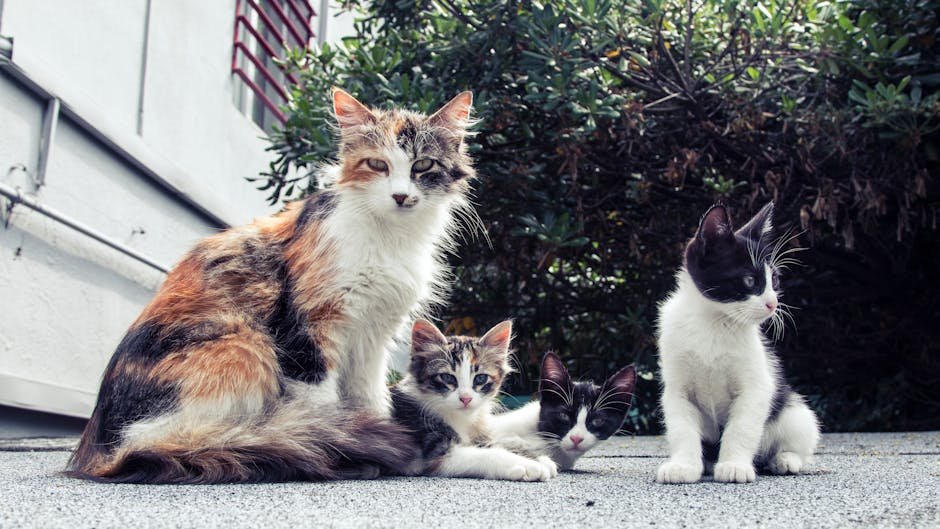
Azaleas are loved for their vibrant and colorful flowers, making them a popular choice for gardens and homes. However, these flowers contain grayanotoxins, which can be harmful to cats. Ingesting any part of the azalea plant can lead to symptoms such as drooling, vomiting, and weakness. In severe cases, azalea poisoning can result in coma or even death. It’s important to be cautious with azaleas if you have cats at home.
Pothos: A Common Plant with a Risk
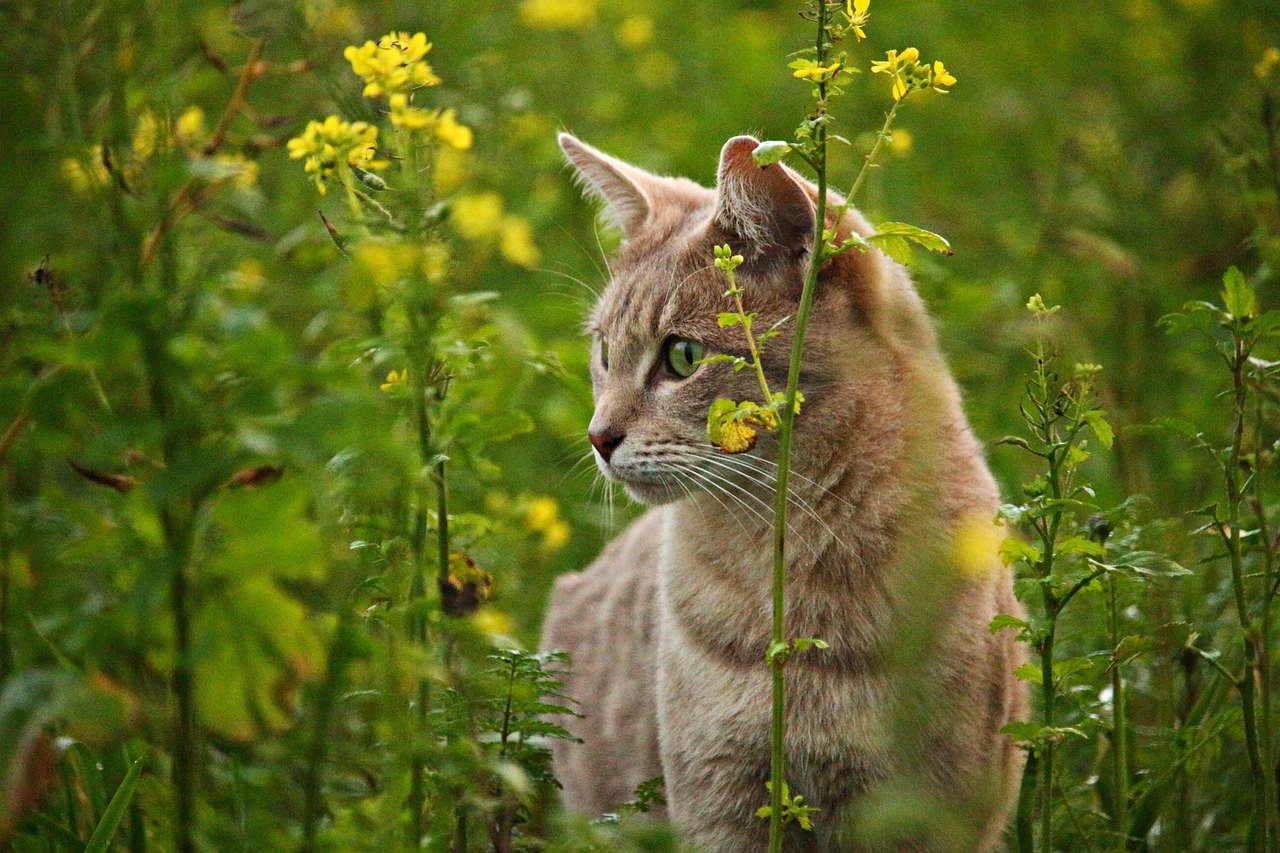
Pothos, also known as Devil’s Ivy, is a hardy and low-maintenance plant often found in households. Despite its popularity, pothos is toxic to cats. The plant contains calcium oxalate crystals, which can cause irritation in a cat’s mouth, throat, and stomach. Symptoms of pothos ingestion include drooling, difficulty swallowing, and vomiting. While pothos is visually appealing, it’s best to keep it out of reach of your feline friends.
Oleander: A Beauty with a Dark Side
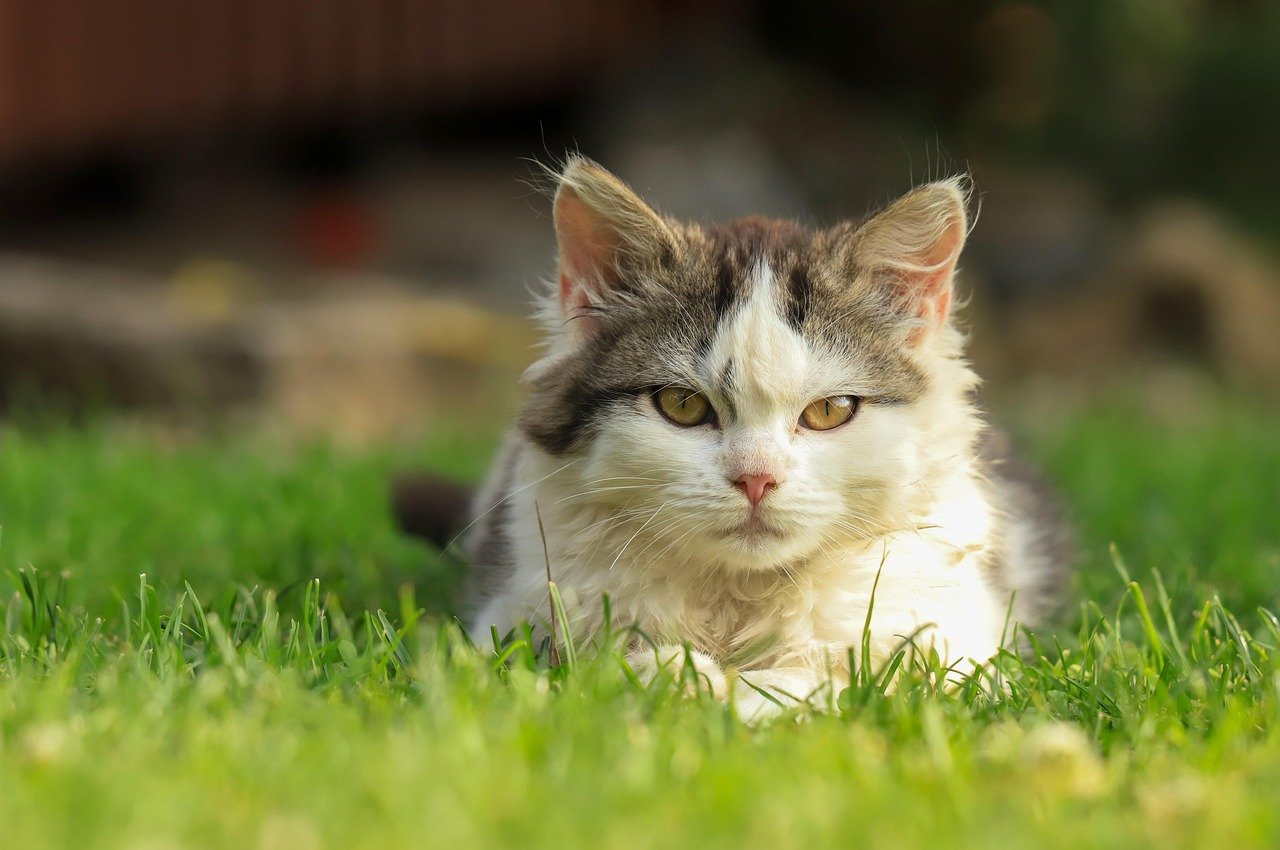
Oleander is a beautiful plant with delicate flowers, often used for ornamental purposes. However, every part of the oleander plant is toxic to cats. It contains cardiac glycosides, which can affect a cat’s heart and digestive system. Symptoms of oleander poisoning include drooling, vomiting, and an irregular heartbeat. Due to its toxicity, it’s advisable to avoid having oleander in areas accessible to cats.
Dieffenbachia: An Attractive Foliage with a Hidden Threat

Dieffenbachia, also known as Dumb Cane, is a popular houseplant known for its striking foliage. However, it poses a risk to cats due to the presence of calcium oxalate crystals. Ingesting dieffenbachia can cause oral irritation, swelling, and difficulty breathing in cats. Symptoms may also include pawing at the mouth and excessive drooling. While dieffenbachia can add a touch of greenery to your home, it’s important to keep it out of reach of curious cats.
Daffodils: A Springtime Favorite with a Warning
Daffodils are a cheerful symbol of spring, often brightening up gardens and homes. Unfortunately, these flowers contain lycorine, a toxic alkaloid that can be harmful to cats. Ingesting daffodils can lead to symptoms such as vomiting, diarrhea, and abdominal pain. In severe cases, daffodil poisoning can cause tremors and cardiac issues. It’s essential to be cautious with daffodils if you have cats in your home.
English Ivy: A Classic Plant with a Hidden Danger
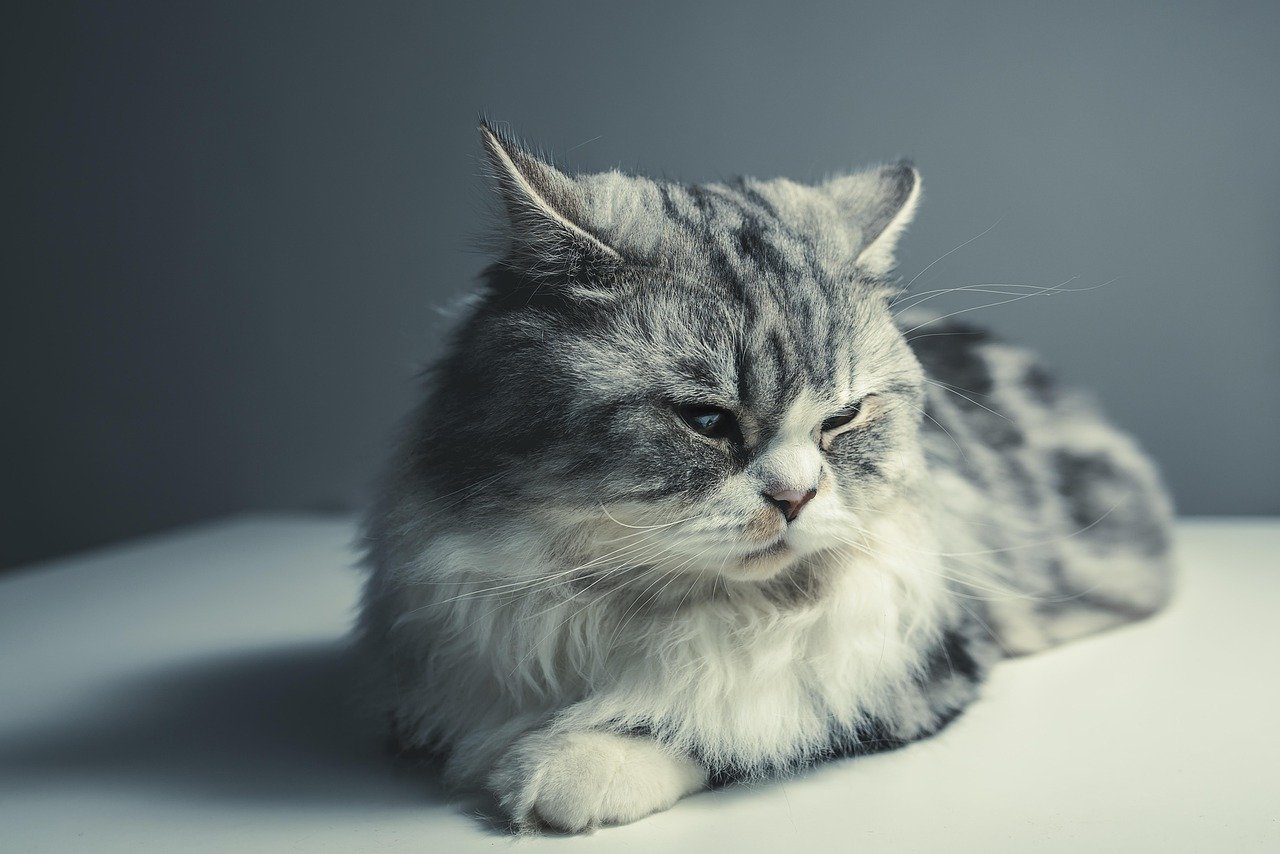
English ivy is a classic plant often used for decorative purposes, both indoors and outdoors. However, it contains saponins, which can be toxic to cats if ingested. Symptoms of English ivy poisoning include drooling, vomiting, and abdominal pain. While English ivy is a popular choice for its aesthetic appeal, it’s important to ensure that it is not accessible to your feline companions.
In conclusion, being aware of the potential dangers that common household plants pose to cats is crucial for any cat owner. While these plants can add beauty and greenery to your home, it’s essential to prioritize the safety and well-being of your feline friends. By taking the necessary precautions and keeping these toxic plants out of reach, you can ensure a safe and healthy environment for your beloved pets.
Hi, I’m Bola, a passionate writer and creative strategist with a knack for crafting compelling content that educates, inspires, and connects. Over the years, I’ve honed my skills across various writing fields, including content creation, copywriting, online course development, and video scriptwriting.
When I’m not at my desk, you’ll find me exploring new ideas, reading books, or brainstorming creative ways to solve challenges. I believe that words have the power to transform, and I’m here to help you leverage that power for success.
Thanks for stopping by, Keep coming to this website to checkout new articles form me. You’d always love it!






